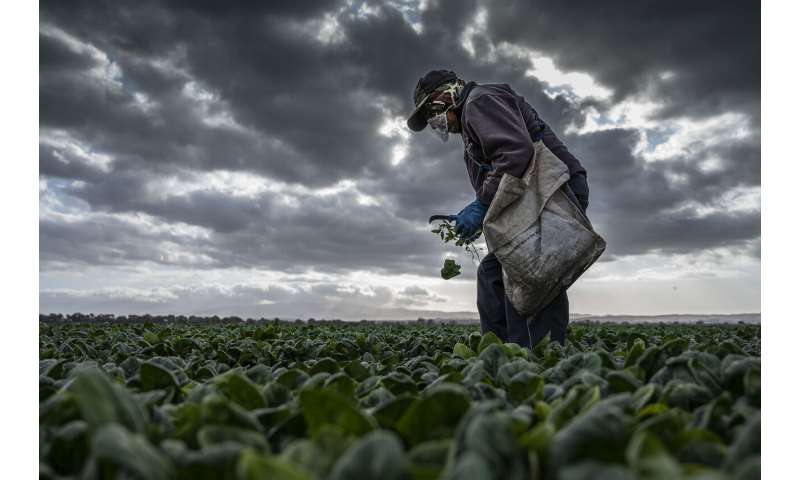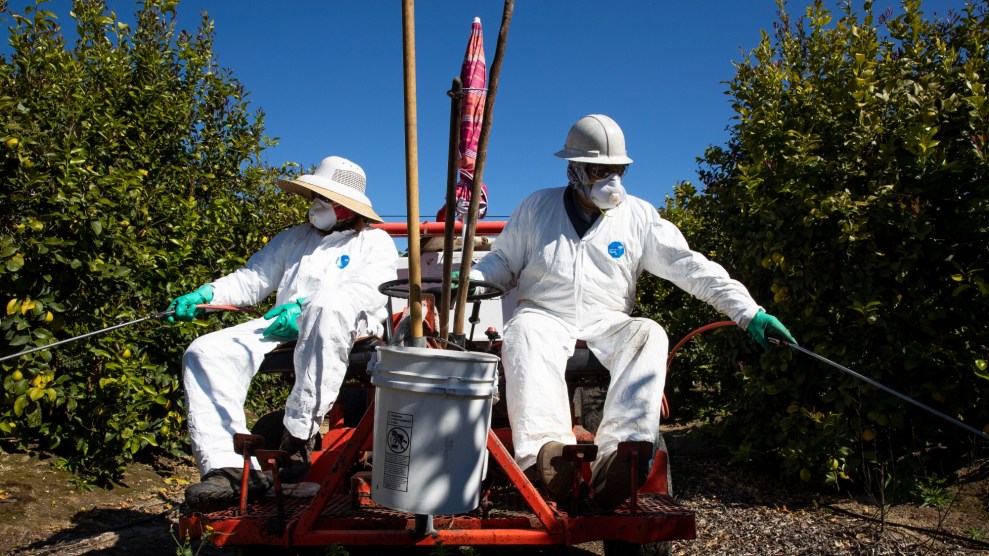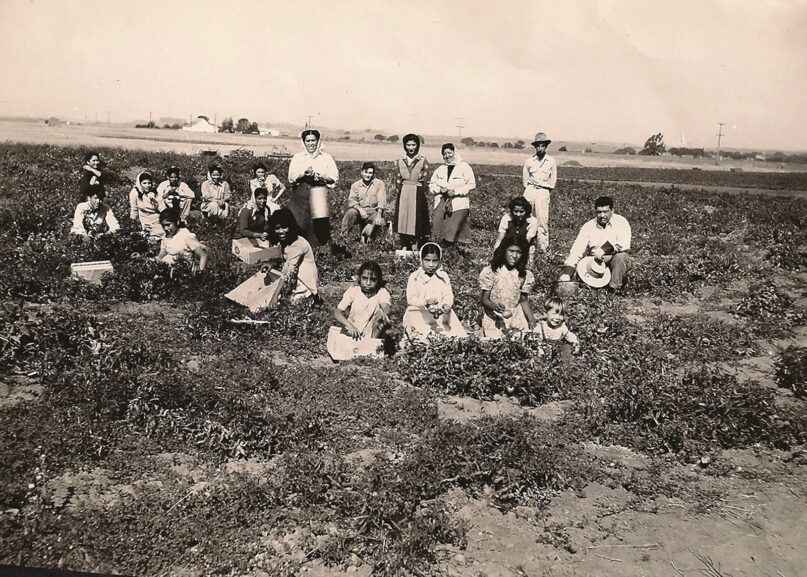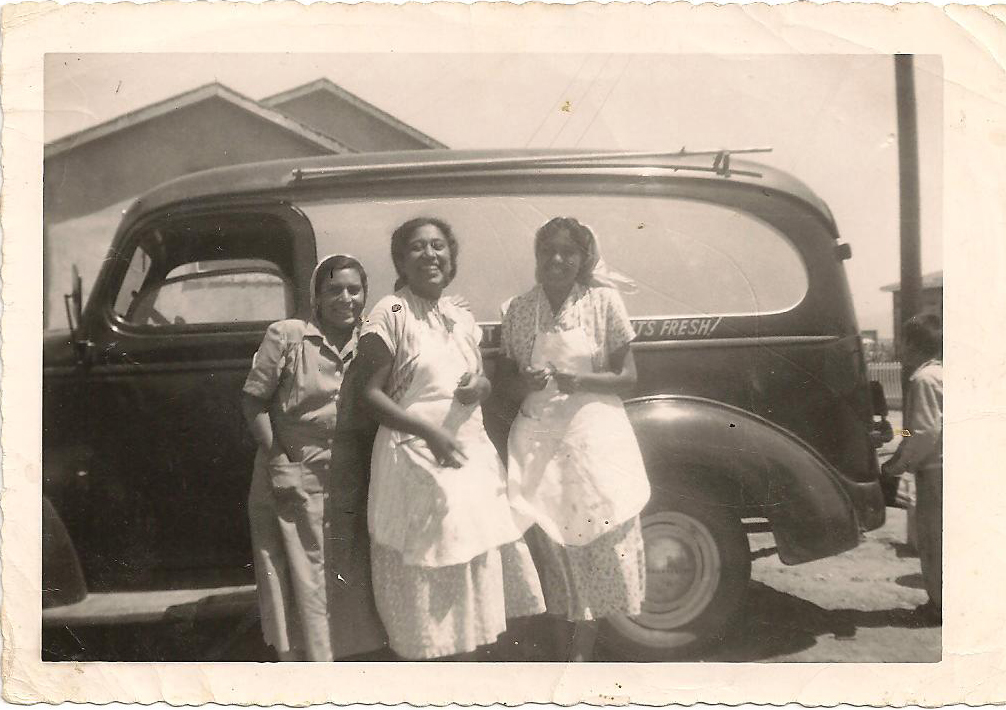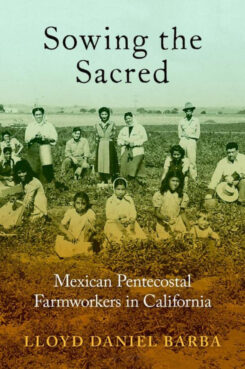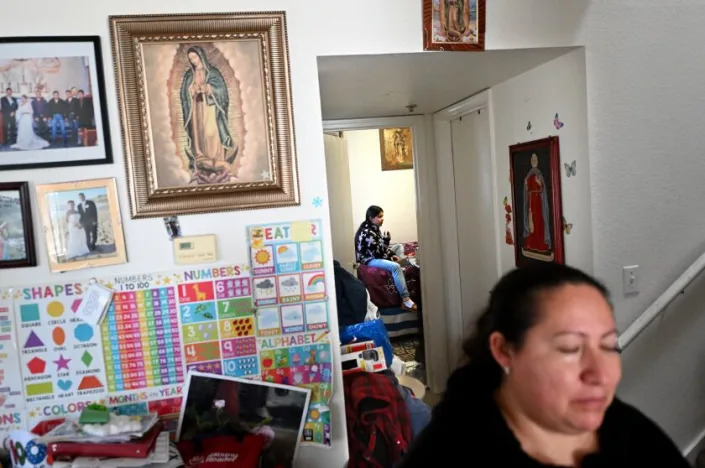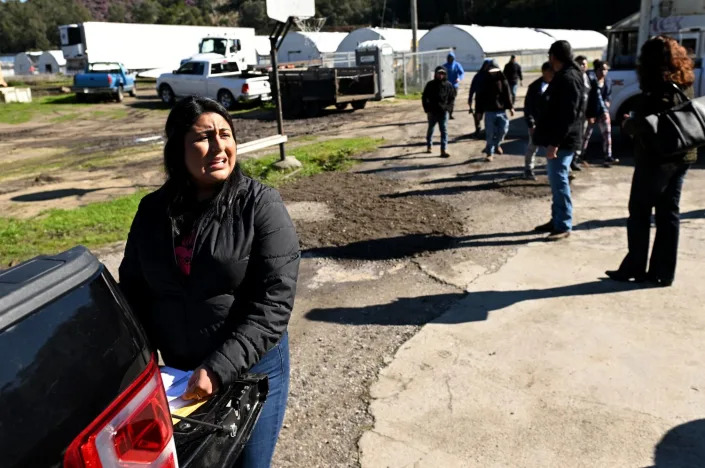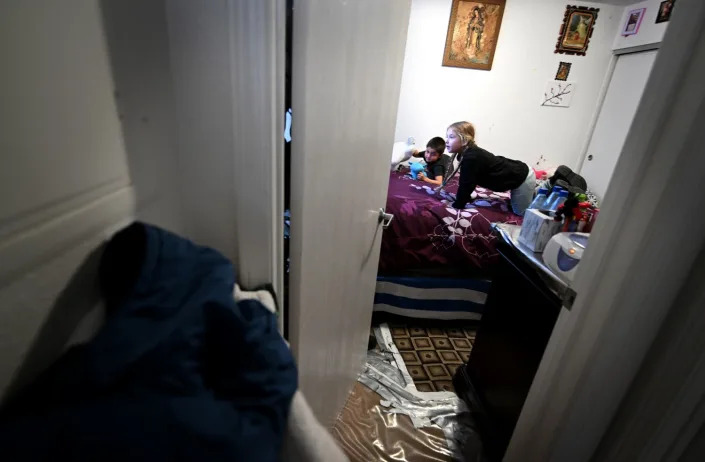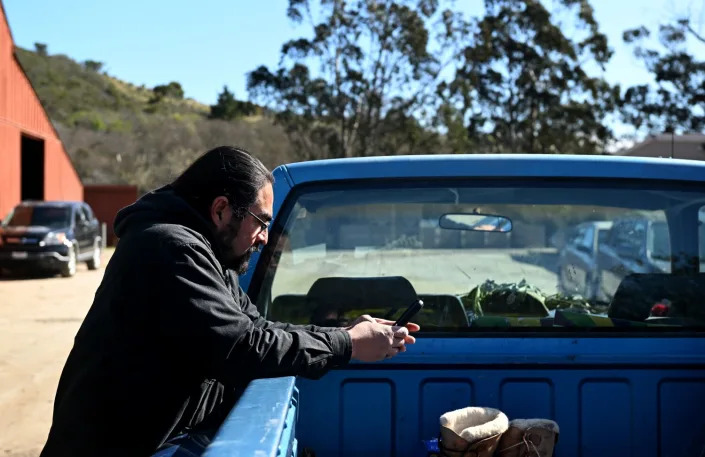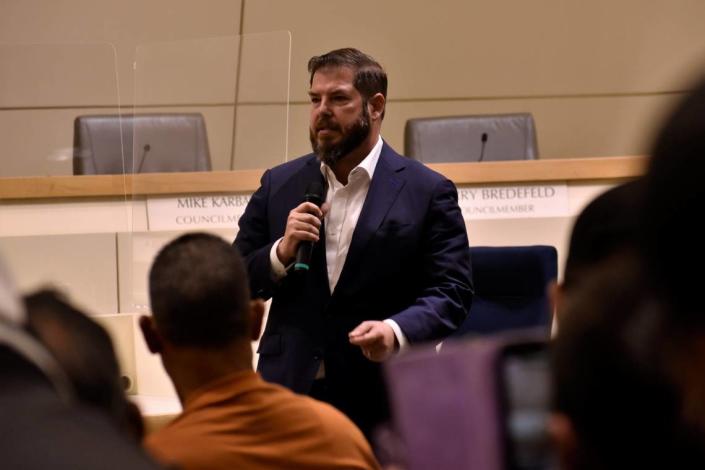
SACRAMENTO, Calif. — As Gov. Gavin Newsom weighs whether to veto another California farmworker union bill, he has a new and unexpected voice in his ear: President Joe Biden, who has decided to inject national politics into a state labor battle.
Over Labor Day weekend, Biden issued a statement backing a bill that would allow farmworkers to vote by mail in union elections. Supporters say the measure would make it easier and less intimidating for them to organize.
“Farmworkers worked tirelessly and at great personal risk to keep food on America’s tables during the pandemic,” Biden said. “In the state with the largest population of farmworkers, the least we owe them is an easier path to make a free and fair choice to organize a union. I am grateful to California’s elected officials and union leaders for leading the way.”
Presidents seldom intervene in state legislative fights. But underlying Biden’s involvement is the tension between an unpopular incumbent and a rising national Democratic star. Newsom has criticized party leadership for failing to aggressively push back against Republican policies on abortion, climate change and other issues. Biden’s support for the bill is a little pushback of his own, some political professionals say.
“There’s some back-room positioning between the two of the biggest Democratic politicians in the country,” said Mike Madrid, a Republican Latino political consultant. “The president has taken on a much more aggressive posture with all of his critics, whether they’re Republicans or whether they’re Democrats and this is another sign of that. There’s no other reason for the president to weigh in on this other than to put Gov. Newsom in his place.”
Assembly Bill 2183, sponsored by the United Farm Workers and authored by Assemblyman Mark Stone, D-Monterey Bay, passed in the final days of the legislative session. Newsom has until Sept. 30 to sign or veto it.
He vetoed a similar measure in 2021, citing technical issues. This year, the governor has been facing pressure to sign from labor advocates backing UFW, which led a 335-mile march across California to demonstrate in support of the bill.
Biden’s involvement in the farmworker debate adds another layer to Newsom’s already complex decision, political consultants and communications experts say.
“Joe Biden just made Gavin Newsom’s life a whole lot more complicated,” said Dan Schnur, a political communications professor at the University of California, Berkeley and USC and former spokesman for Republican Gov. Pete Wilson. “It’s not unheard of for a president to weigh in on state legislation. But it’s relatively rare to put the squeeze on a governor of your own party like this.”
Newsom’s office did not respond to requests Monday for comment.
Gaspar Rivera-Salgado, project director for the UCLA Labor Center, could not recall the last time a sitting president weighed in so strongly on a state labor issue.
It’s yet another “message” sent in Newsom’s direction, said Rivera-Salgado. Lorena Gonzalez, new head of the California Labor Federation, did a similar move when she invited UFW back into the fold of the state’s labor movement.
“I would read it as trying to put some political pressure on Gavin Newsom to come through,” he said.
Rivera-Salgado added that Biden has put Newsom in an “interesting” position and further open to criticism that the governor has a “soft spot” for growers. The winery Newsom co-founded just bought a Napa vineyard for $14.5 million.
Some labor leaders were not surprised by Biden’s support. He is widely seen as the most outspokenly pro-union president in decades and made headlines in early 2021 for the 22-inch-tall bronze bust of farm labor leader Cesar Chavez behind his desk.
The UFW also endorsed Biden for president in 2020, banking on hopes he would implement farmworker safety protections and immigration reforms. And in March 2021, first lady Jill Biden visited Forty Acres in Delano, the storied birthplace of UFW.
“This shows his commitment to farmworkers.… And it shows that the farmworkers have done a really good job using their voices to share their struggles directly with individuals,” Gonzalez said.
Vice President Kamala Harris, House Speaker Nancy Pelosi and former Secretary of Housing and Urban Development Julian Castro have also urged Newsom to sign the bill.
UFW President Teresa Romero said the union had been in communication with the “different people” in the administration, sharing farmworker challenges to organizing. Biden’s White House director of Intergovernmental Affairs is Julie Chávez Rodriguez, Chavez’s granddaughter.
“It’s very meaningful to us and to the workers, to know that we have the support of the president,” Romero said.
Romero remains “50/50” on whether the governor will support the bill. She notes there has been no communication with Newsom’s office since the bill was approved by the Senate last Tuesday.
AB 2163 continues to face staunch opposition from the agricultural industry and grower associations. They argue UFW no longer prioritizes organizing and is ineffective in advocating for better working conditions. In its 1970s heyday, the union had 80,000 members in California and other states. According to the U.S. Department of Labor, it now numbers a little over 6,000.
Rob Roy, president and general counsel for Ventura County Agricultural Association, called the union “virtually nonexistent.” He pointed to the last five years during which UFW has not successfully filed for an election to represent California farmworkers.
“I think the president ought to keep his nose out of state laws dealing with unionization,” Roy said. “But given his background, being pro-union, I guess he just can’t help himself.”
Roy said he expected Biden to have no effect on Newsom’s decision.
During the last few days of the legislative session, Newsom signaled he may veto AB 2183 and has not taken a public stance on the measure since lawmakers approved it.
“Gov. Newsom is eager to sign legislation that expands opportunity for agricultural workers to come together and be represented, and he supports changes to state law to make it easier for these workers to organize,” Erin Mellon, Newsom’s communications director, told The Fresno Bee in August.
“However, we cannot support an untested mail-in election process that lacks critical provisions to protect the integrity of the election and is predicated on an assumption that government cannot effectively enforce laws.”
The main sticking point is whether growers would be notified about an impending union election. UFW staffers say doing so would allow employers to union bust and take action against workers for organizing, including deporting those who are undocumented.
Newsom’s office says not notifying growers about upcoming union elections goes against national labor organizing standards.
Stone, the bill’s author, said his office worked closely with both Newsom and UFW on the bill, which he thinks the governor largely supports, except for “a piece of it he does not like.” He said that’s why the bill includes a five-year sunset provision that would allow lawmakers to reconsider it.
“It was really an attempt to try and say, ‘We know we’re not completely there, but we’re willing to continue to work,’” Stone said.
William Gould IV, former head of the California Agricultural Labor Relations Board and the National Labor Relations Board, said he had respect for Biden, but that the president was given “bad information” on the bill.
“President Biden does not understand farm labor law situation in California. … This is complete make believe. I’m sorry the President has fallen for this lie,” Gould said.
He echoed Roy’s sentiments and shared that, as chairman of the NLRB, UFW only filed one election petition in three years. He said farmworkers deserve protection and was in favor of more organizing. However, Gould said this bill would not help improve unionization rates.
“No one is trying to organize the farmworkers,” Gould said. “They should be organized and hopefully, at some point there will be a union that will try to organize them.”
Newsom has shown support for organized labor in certain situations. On Monday, he signed a bill that will create a fast-food council to help low-wage employees improve their working conditions. This could help to soften some of the criticism from labor if he vetoes the farmworker union bill, Schnur said.
“Newsom (doesn’t) need to sign the farmworkers’ bill in order to shore up his labor credentials this year,” he said. “He took care of that with the fast-food legislation.”
Biden’s support for the farmworker union bill could give Newsom political cover to sign it, or it could make the optics worse if he vetoes it.
Madrid said it’s dangerous for Biden or other politicians to view policies like AB 2183 as a way to appeal to the Latino community. It’s unfair to stereotype Latinos as farmworkers or undocumented residents who care only about border issues, he said.
“When you poll Latino voters ... these are not issues of huge concern,” Madrid said. “They are of symbolic concern. But when you’re the governor that has to actually deal with these issues, you have to deal with substance as much or more than symbolism.”
———
© The Sacramento Be

